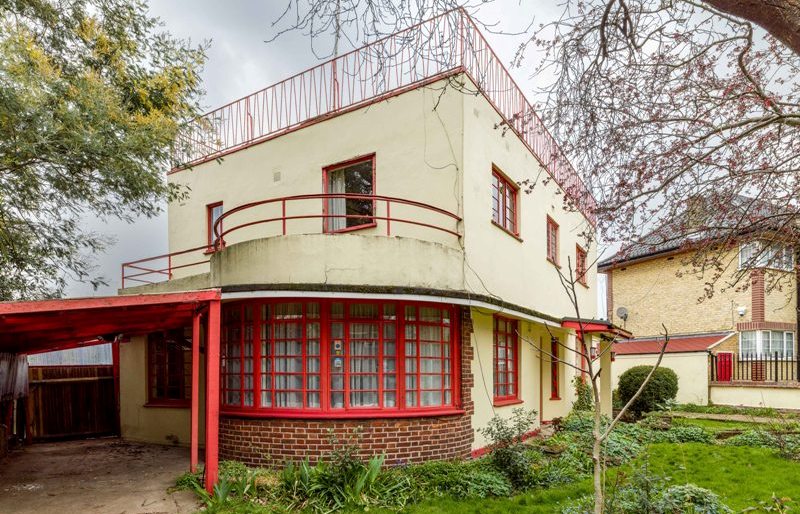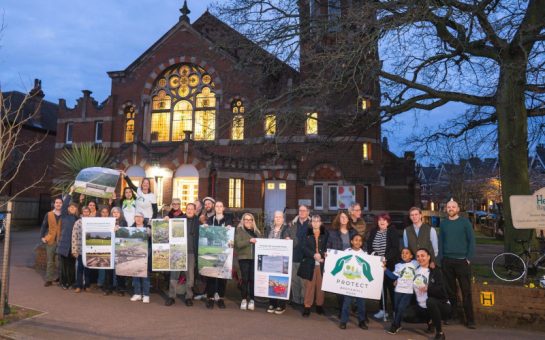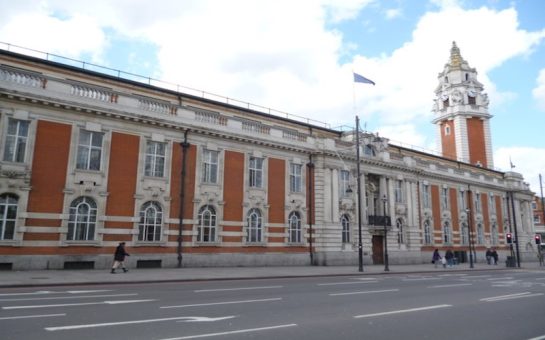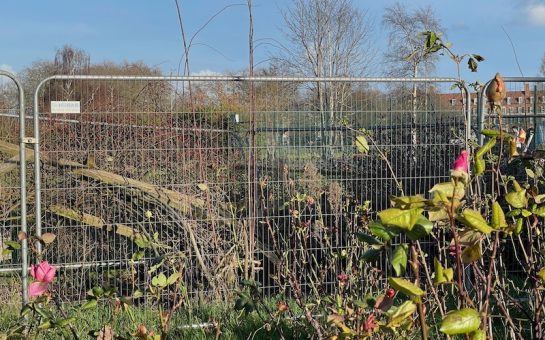A perfectly preserved 1930s Art Deco house in Herne Hill received Grade-II listed status on June 13 after campaigning by architecture experts and community groups.
Herne Hill residents raised concerns earlier this year that 10 Dorchester Drive could be at risk of damage or demolition after it went on the market last autumn for the first time in 60 years.
A temporary Building Preservation Notice (BPN) was granted by Lambeth Council on February 25 after lobbying by the Herne Hill Society and the Twentieth Century Society (C20 Society), and the property received permanent protected status on June 13.
A spokesperson for the C20 Society said: “The Society is really delighted that we were able to work with the local community to save this wonderful 1930s house and secure it Grade II listed status.
“It’s a fabulous building and a remarkable survivor from the period. We hope that the owner now appreciates just how special it is.”
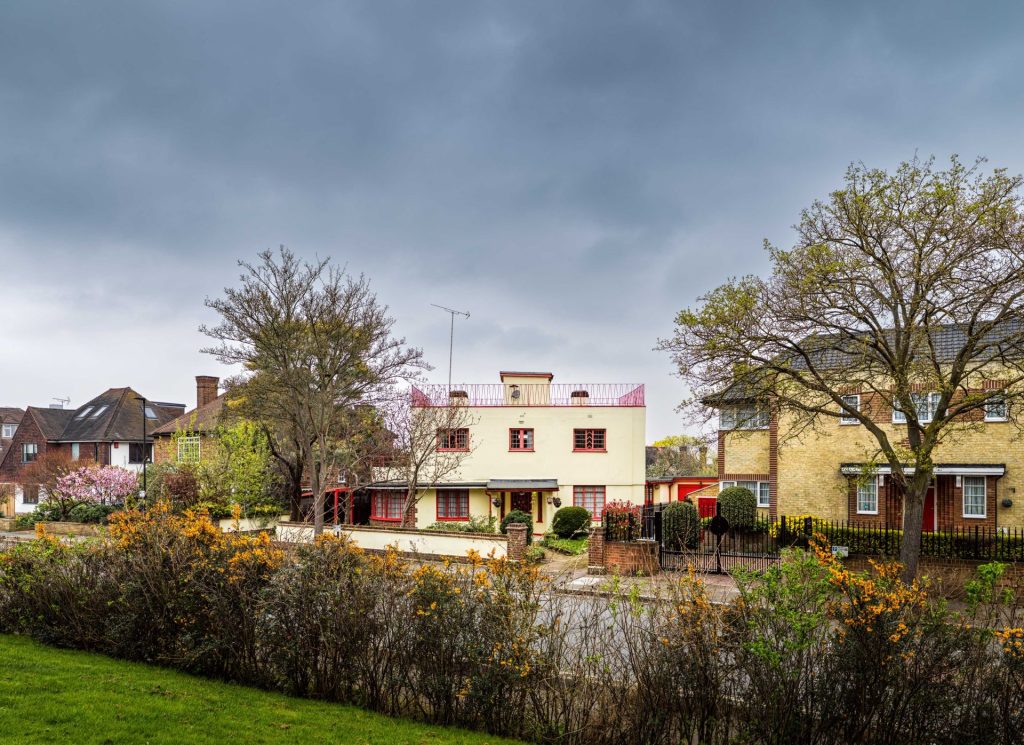
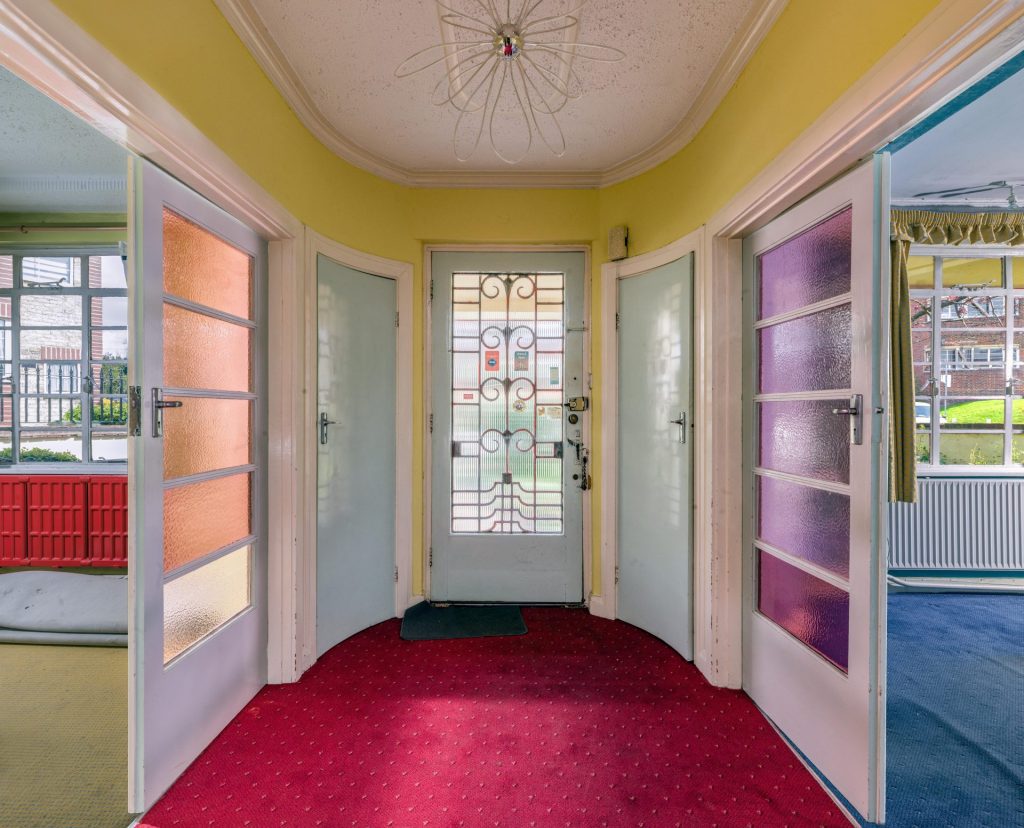
The Herne Hill society contacted the C20 Society for help after a small south London developer bought the property for £1.6 million last autumn and allegedly told neighbours they intended to strip and demolish the property.
In late February, neighbours raised further concerns over the property when a section of the front garden wall was knocked down while the BPN was in place.
Lambeth Council said this was accidental and that officers would watch over the site to ensure no works take place while it awaited the final decision by the Department for Digital, Culture, Media and Sport (DCMS).
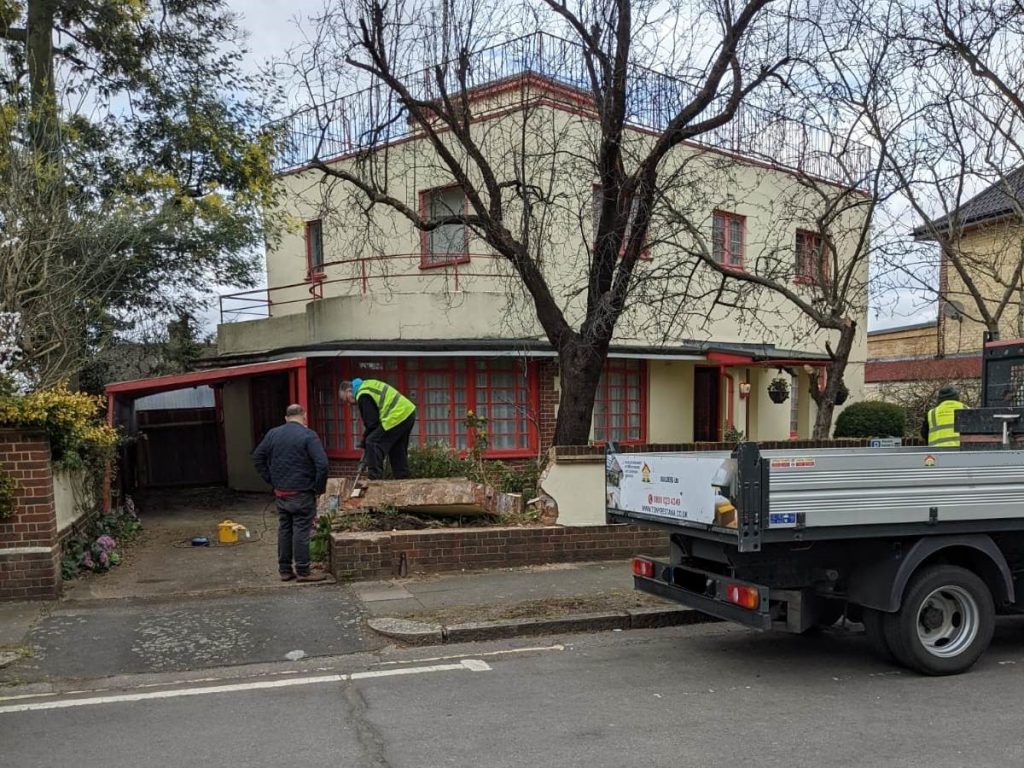
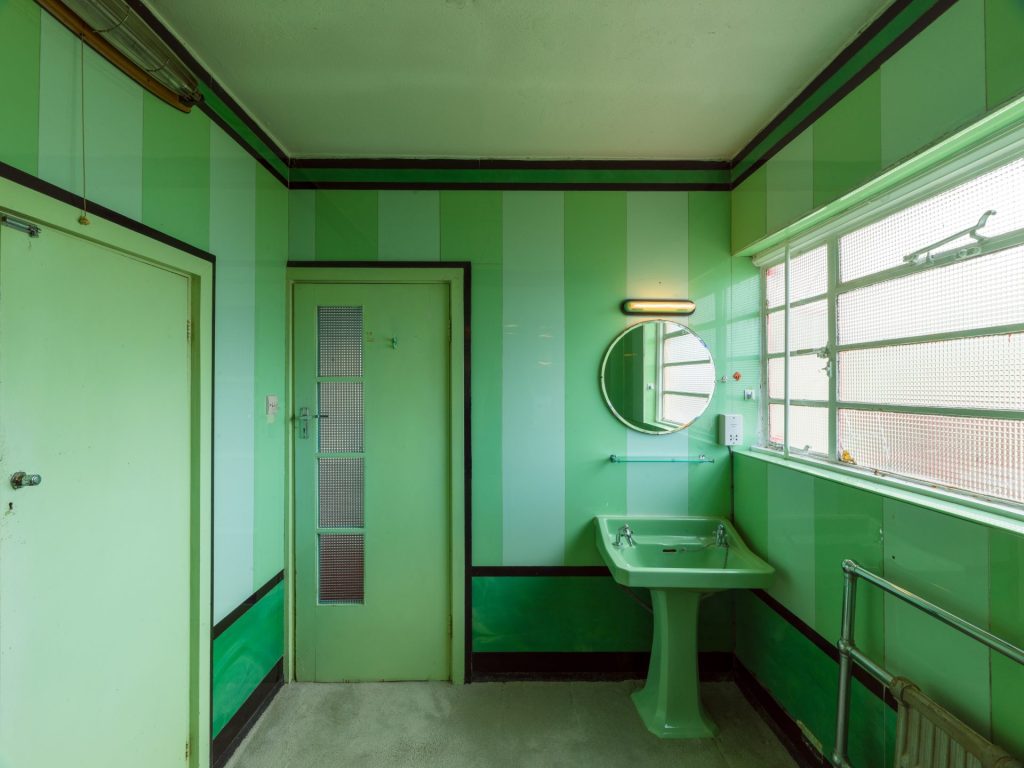
DCMS can grant listed status to any building and monuments of special architectural or historic interest, which means the owner cannot alter the building without special planning permission.
The property was built in 1935-36 by architects Leslie H Kemp and Frederick E Tasker, and has retained the majority of its original fixtures under the ownership of famous psychologist Hans Eysenck and his wife Sibil for the last 65 years.
A Historic England spokesperson said: “This is a remarkable survival which transports us back to the architectural ideals of the 1930s where ‘dignified simplicity’ was favoured over excessive ornamentation.
“The significance of this building has now been recognised and any future change can be managed effectively, so that it can function as a modern home and retain its special character.”
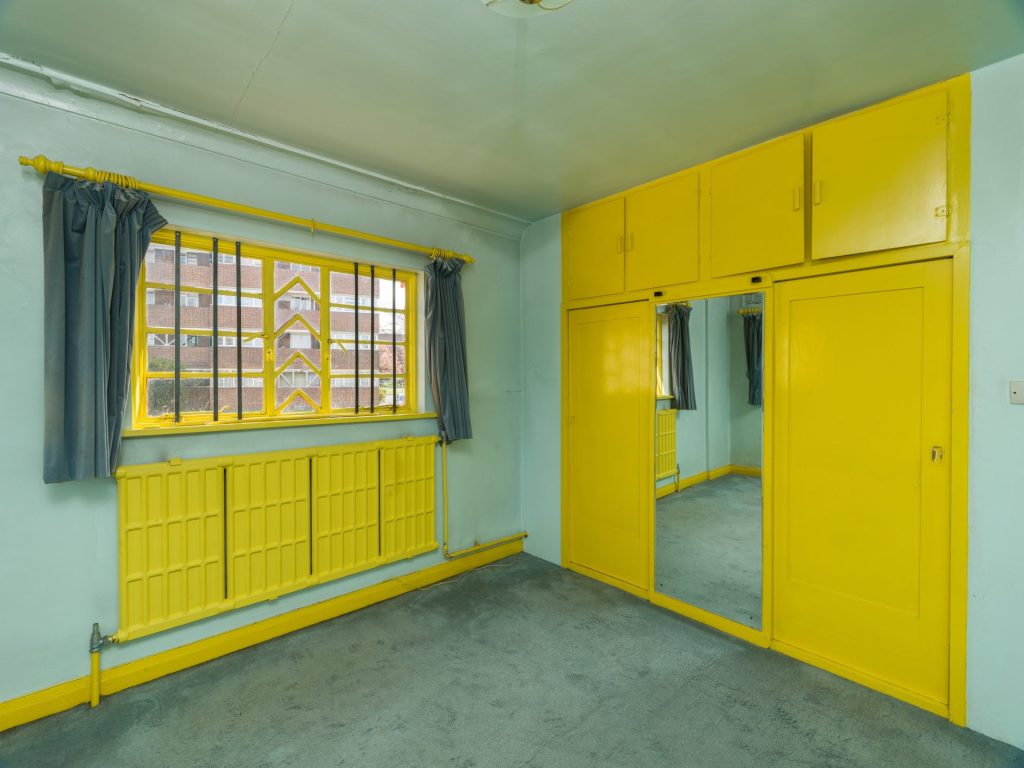
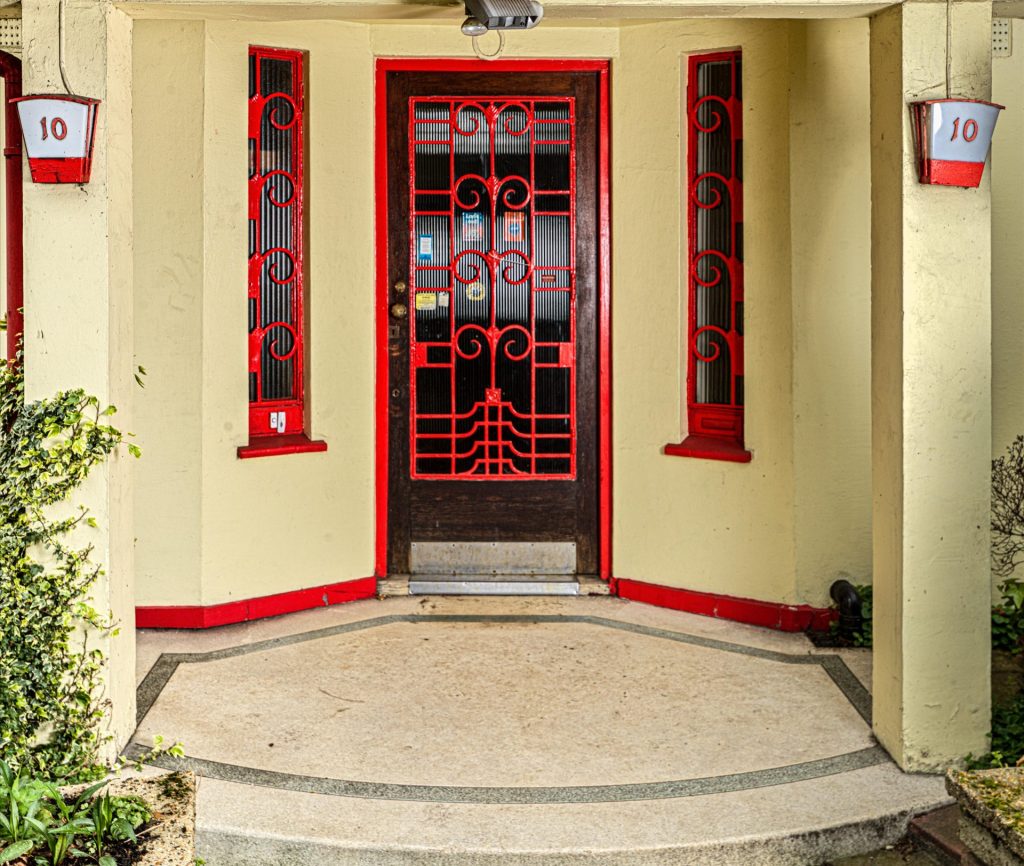
Kemp and Tasker’s design won the Daily Mail’s Ideal House Competition in 1934 and was exhibited in the “Village of Tomorrow” at the Ideal Home Exhibition (Now the Ideal Home Show).
Only three houses were built according to this design, one of which lies in Bromley and was granted Grade II Listed status in 2001.
One local resident was surprised that 10 Dorchester Drive was not already statutorily listed as it is on the same street as other protected 1930s buildings by Kemp and Tasker.
Dorchester House and the Dorchester Court estate both received Grade-II listed status in 1997 and 2004.
